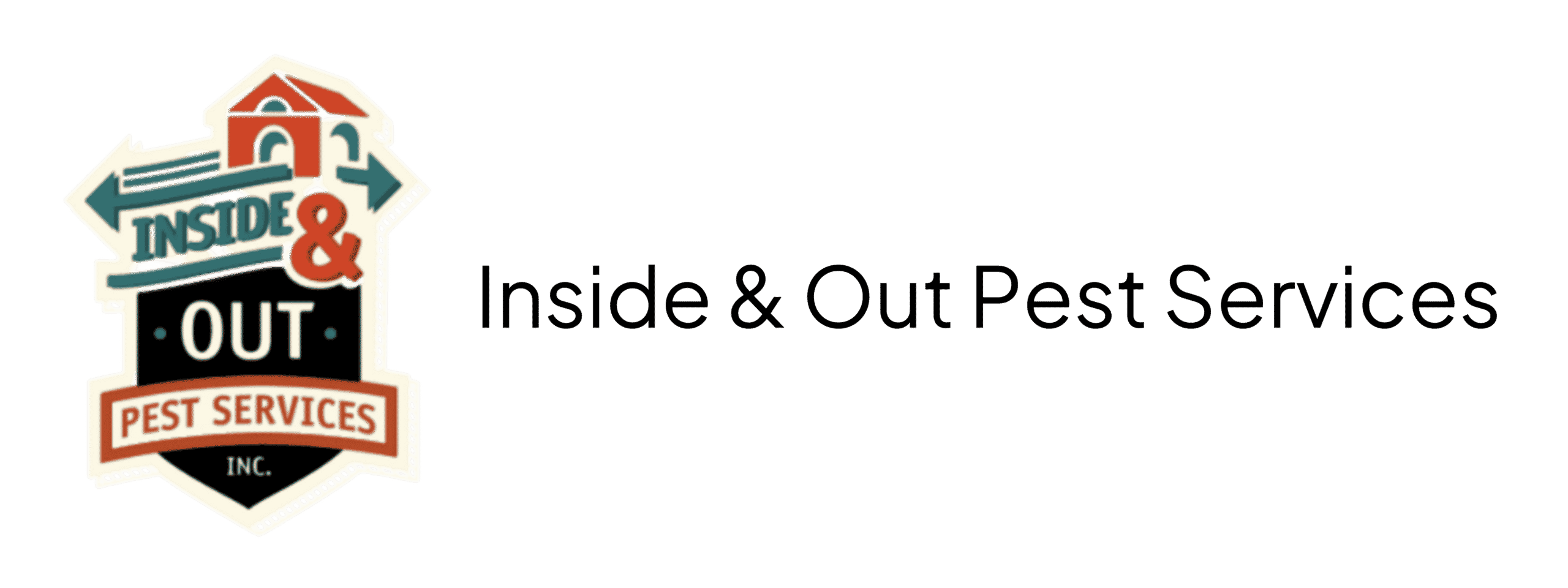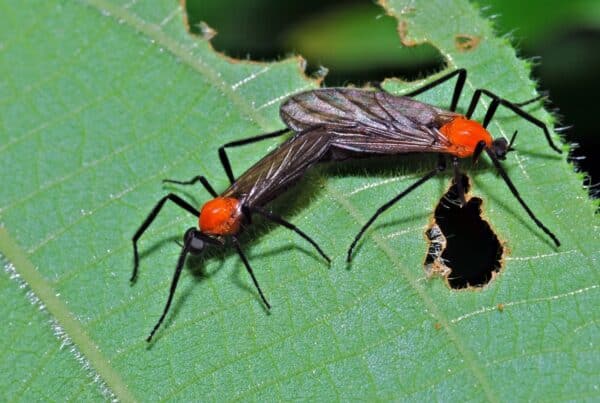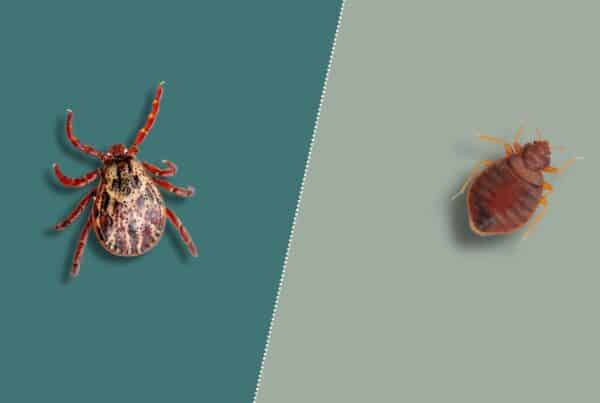Every home tells a story, but when faced with unwelcome guests, that story can take an unexpected turn. Imagine a tiny invader so silent and stealthy that their presence only becomes known after they’ve done significant damage. This is the reality of drywood termites, a common yet often overlooked threat to our homes. In this article, we’re going to explore how to spot the work drywood termites and why prompt treatment is crucial.
Understanding Drywood Termites
Unlike their more familiar relatives that thrive in moist environments, these termites carve their niche in dry wood, as their name suggests. They are particularly insidious because they don’t require contact with the soil, making them adept at invading the wooden structures of our homes without detection.
Typically smaller in size compared to other termite species, drywood termites are nonetheless formidable in their destructive capabilities. One of the key characteristics of these termites is their ability to create colonies within the wood they consume. While subterranean termites build noticeable mud tubes, drywood termites live and feed within the wood, leaving few external signs of their presence. This makes early detection challenging.
The life cycle of a drywood termite begins with a swarming process, usually in the warmer months, when reproductive termites leave their nest to start new colonies. Once they find a suitable wooden item, they bore into it and seal the entrance, beginning their lifecycle anew. Inside, they lay eggs which hatch into nymphs, eventually developing into the workers, soldiers, and reproducers that make up the colony.

Spotting the Signs of Drywood Termite Infestations
Identifying the presence of drywood termites is the first step in preventing extensive damage to your home. Since they don’t leave behind as much evidence as other kinds of termites, knowing what to look for is necessary. Here are the key signs:
Wood Damage
Drywood termites consume wood from the inside out, often leaving a thin veneer of timber or paint. Over time, this can lead to structural weakness, visible cracks, or a hollow sound when tapped.
Frass
These termites produce wood-colored droppings known as frass. Unlike subterranean termite droppings, which are moist, drywood termite frass is dry and can often be found in small piles near infested wood.
Discarded Wings
After swarming, drywood termites shed their wings. Finding these discarded wings near windowsills or doors can be a telltale sign of an infestation.
Audible Activity
In quiet environments, you might hear a faint clicking sound caused by termites tapping their heads against the wood. This sound is a signal to other termites in the colony.
Regular inspections and vigilance can help with early detection, reducing the risk of significant damage. Remember, drywood termites are discreet invaders, so subtle hints are all they give us!
Treatment of Drywood Termites and Why It’s Important
Addressing drywood termite infestations swiftly is not just a reactive measure; it’s a crucial aspect of preserving the long-term health of your home. These pests, often undetected until damage surfaces, can cause significant structural harm, leading to expensive repairs.
Understanding the urgency of the situation is paramount. Drywood termites can silently compromise your home’s integrity, and the extent of damage escalates with time. This underlines the importance of quick, decisive action upon detection.
While DIY solutions exist, they often fall short in terms of effectiveness and thoroughness. Professional treatments, utilizing advanced methods and proven products, offer a more reliable and comprehensive approach. They can employ targeted strategies that ensure the entire colony is eradicated, preventing future infestations.
In essence, prioritizing professional treatment for drywood termites is a worthwhile investment. The risks associated with DIY methods, coupled with the hidden nature of these pests, make professional intervention the safest choice for lasting results.

Recommended Maintenance for Preventing Drywood Termites
When given the option, prevention is always preferable to treatment. Here are some practical maintenance tips to help safeguard your home:
Regular Self-Assessment
Conducting annual home checks yourself is a key step in preventing more serious infestations. Special attention should be given to areas like attics, basements, and crawl spaces, as termites often start infesting these less-frequented spaces.
Sealing Entry Points
Closing off potential entry points for termites is vital. This includes sealing cracks and crevices in your home’s foundation, walls, and roof, thus making it harder for termites to gain access.
Wood Care and Moisture Control
Proper care of wood surfaces and controlling moisture levels in your home are essential. Applying termite-resistant finishes to wood and keeping moisture-prone areas well-ventilated can deter drywood termites. It’s also wise to store firewood and other wooden materials away from your home’s foundation.
Professional Inspections
Lastly, regular assessments by professional pest control services are invaluable. These experts can spot risks that might be overlooked and provide specialized advice on enhancing your home’s defenses against termites.
When to Call a Professional for Treatment of Drywood Termites
Knowing when to call a professional for drywood termite infestations can make the difference between an easy fix and a big problem.
If you spot any signs of termite activity mentioned above, such as wood damage, frass, or discarded wings, it’s time to seek expert help. Additionally, if you’re uncertain about the extent of an infestation, it’s best to get trained eyes on the situation. To ensure your home’s safety (and your peace of mind), consider scheduling a termite inspection or consultation with a pest control professional even if you haven’t seen any signs yet!
Wrapping Up
Essentially, the threat of drywood termites in your home, though silent, is real and potentially severe. From understanding their behavior to recognizing the early signs of an infestation, active vigilance, and proactive measures are your best defense.
Treating an infestation at the earliest sign and conducting regular maintenance is key to preserving the health and integrity of your home. If you’ve noticed clear signs of a drywood termite infestation, or any other pests, or just need a comprehensive inspection, schedule with Inside & Out Pest Services today!



